AFRICA | Lesotho
The Lesotho Kingdom, a unique enclaved country in southern Africa, is the only independent state in the world above 1,000 meters (3,281 ft) in elevation. Its lowest point, 1,400 meters (4,593 ft), is the highest globally, with over 80 percent of the country resting above 1,800 meters (5,906 ft).
The Basotho, a Bantu ethnic group, has a rich history that can be traced back to the fifth century in southern Africa. The Basotho nation, a product of the astute diplomacy of Moshoeshoe I, emerged in the early 19th century. Moshoeshoe I successfully united disparate Sotho–Tswana–origin clans scattered across southern Africa. Today, most Basotho reside in South Africa, as the area of the Orange Free State was originally part of Moshoeshoe’s nation (now Lesotho). (Wikipedia)

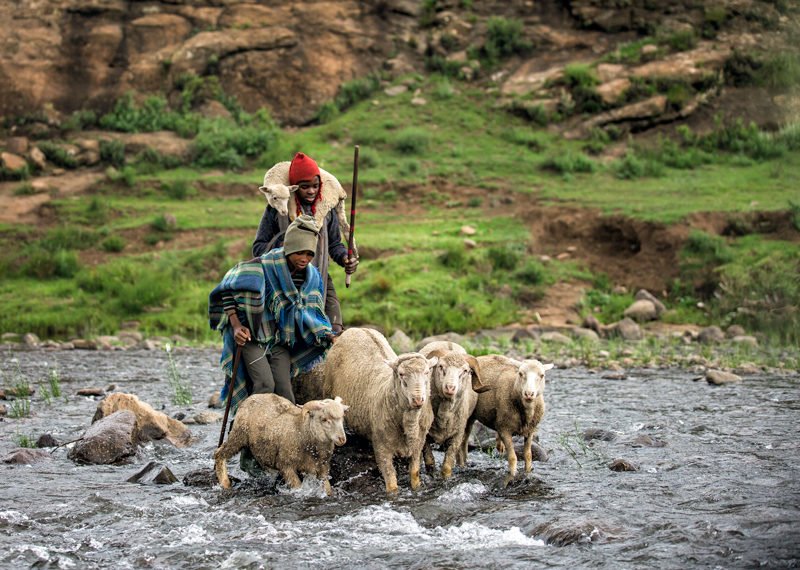
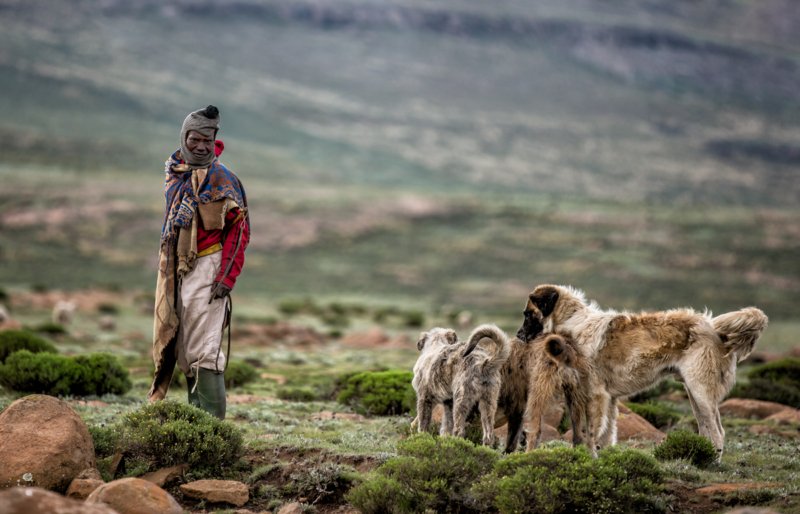

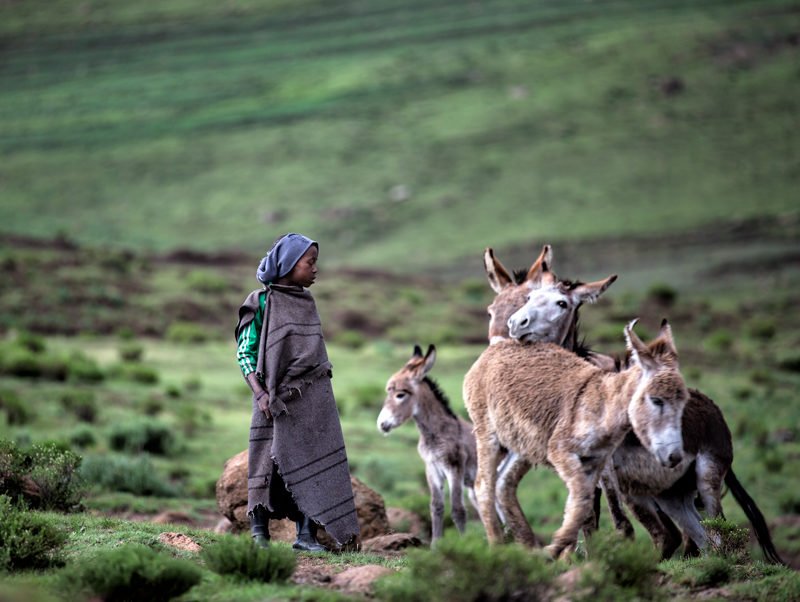

Initiation | Lebollo la banna
The initiation, or Lebollo la banna, is a deeply significant cultural and traditional practice that the Basotho society follows to construct the manhood identity. It is a rite of passage in that boys or ‘basements’ pass puberty and enter adulthood to become men or ‘Monna.’ Part of the rite of the rite of passage includes circumcision, learning sacred songs, and tribal ceremonies. The initiates are tutored on the knowledge of family life and extensive lessons in sexuality.
Traditional initiation schools of the Basotho are conducted over some time (varying from a few weeks to 6 months) in secluded areas away from settlements. The conventional initiation teachers, known as basuwe in Sesotho, are commonly older men with substantial economic, political, and social standing within the Basotho communities. Currently, most initiates are between 12 and 15, with only a few initiated above 15. The boys usually attend the initiation school during the holiday break between primary and high school.
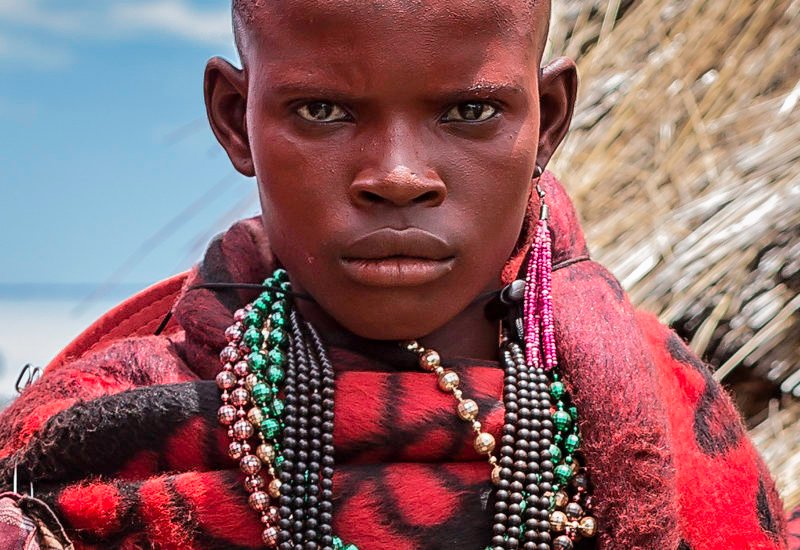


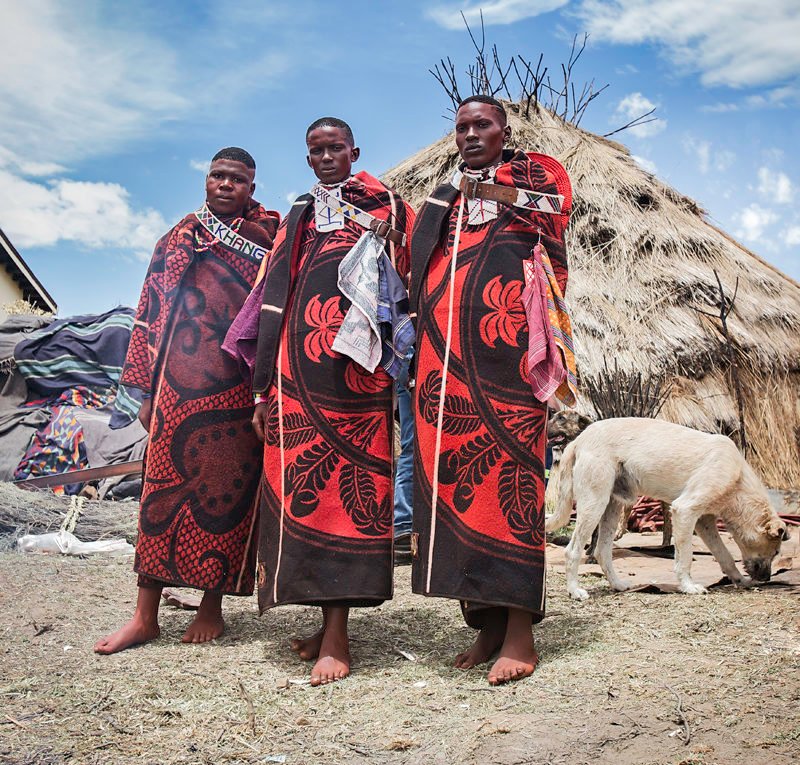
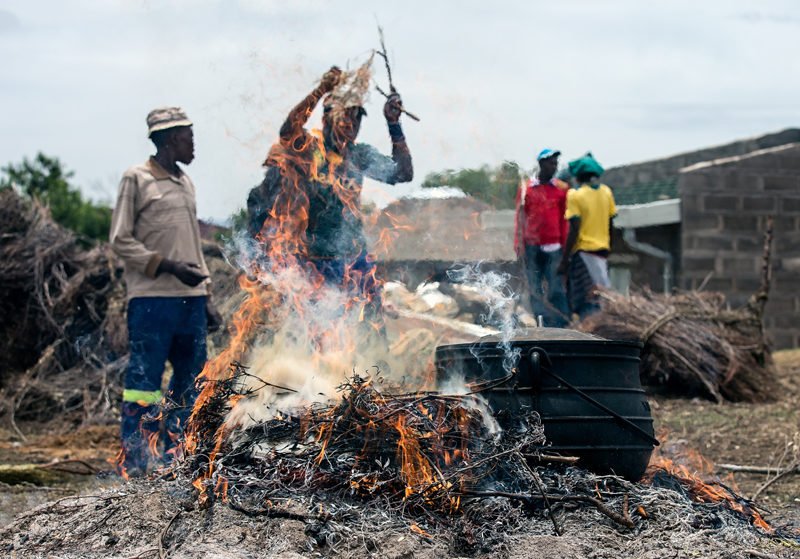
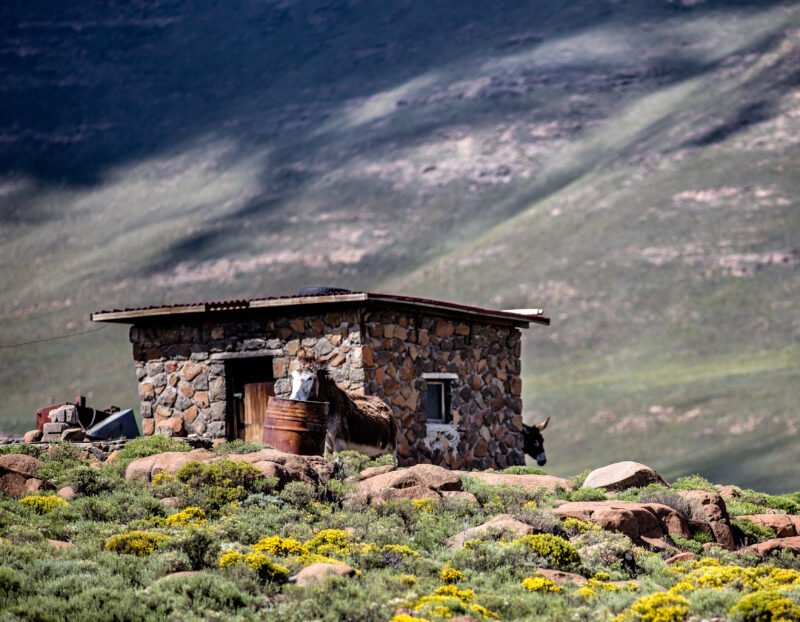
Metamorphosis
After the training, the initiates leave all their clothing behind in the lodge, which the instructors set alight. The young men then run ahead without looking back at their childhood, which has symbolically ended with the burning of the lodge. The initiates arrive at their villages smeared with red ochre and covered in traditional Basotho blankets while surrounded by men and elders, where they are given a new set of clothes.
During the Transitional Stage, the initiates are educated on the social concepts of their identities. After the physical circumcision, the boys’ open wound is dressed with a particular plant that aids in healing. The initiates rise early daily to perform various tasks and undergo a harsh physical regimen. Skills, such as warfare and cattle raiding, are taught and improved. Initiates are also taught to compose praises and songs to their chiefs and themselves, the proper expression or articulation of which constitutes the vital adult (male) quality of eloquence or “bokheleke.
The newly initiated, seen as ‘men’ by the more extensive traditional society, are still seen as boys by the formal education system. This means that the ‘manhood status’ granted by the ritual is situational. The initiate practice can be classified into 3 stages: the Separation Stage, the Transitional Stage, and the Incorporation Stage. During the Separation Stage, the boys are separated from all social activities and kept in a secluded place where their adolescent transition into adulthood or boyhood into manhood occurs.
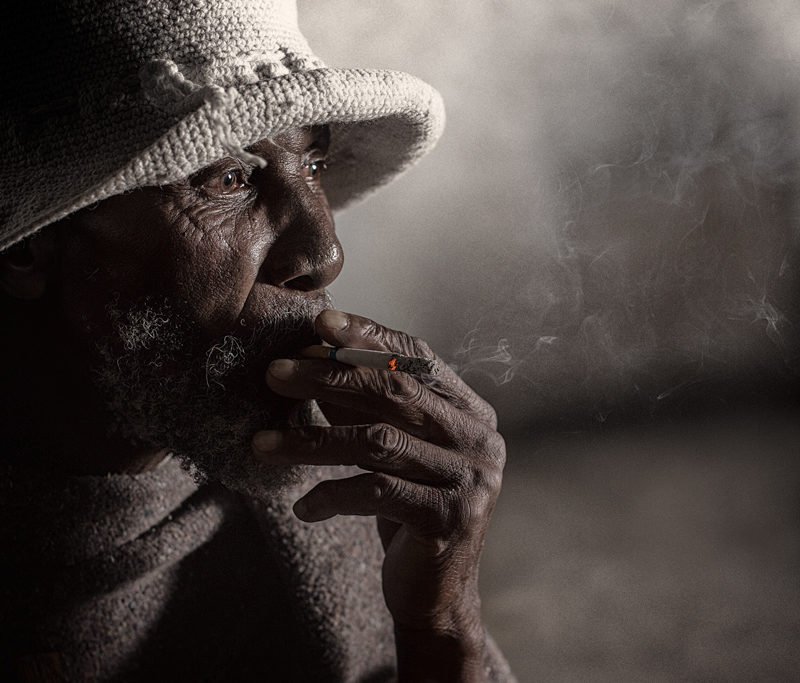
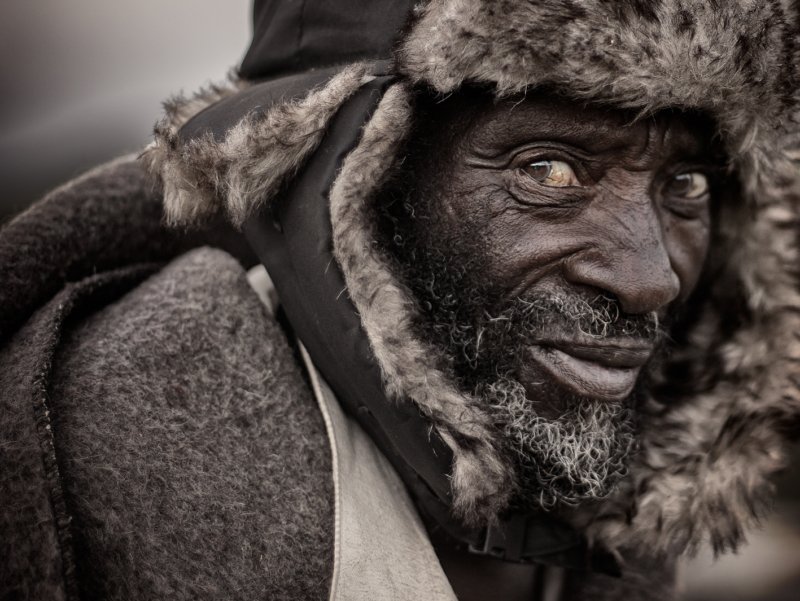
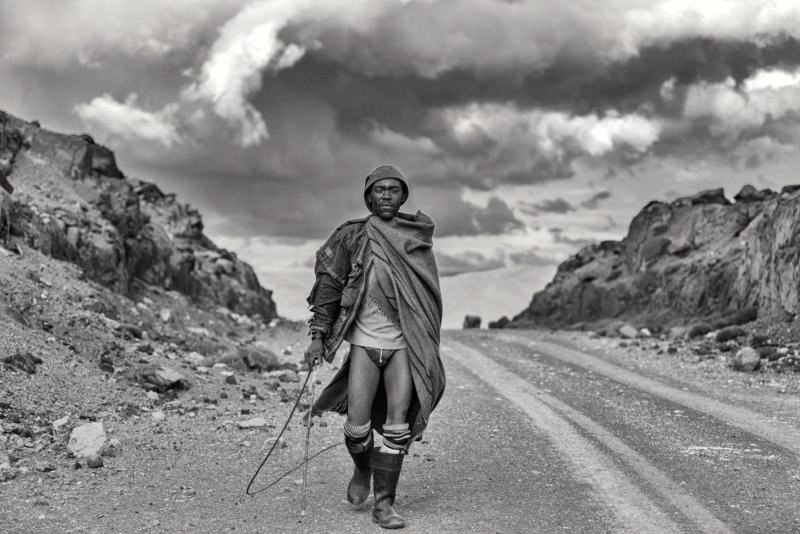
Sources
Sekhejane, M. C. B. (2022). An African understanding of baptism in the Methodist Church with special reference to the stillborn. https://core.ac.uk/download/553871623.pdf
Links
https://www.behance.net/aga_szydlik
https://www.dodho.com/initiation-ceremony-by-aga-szydlik/